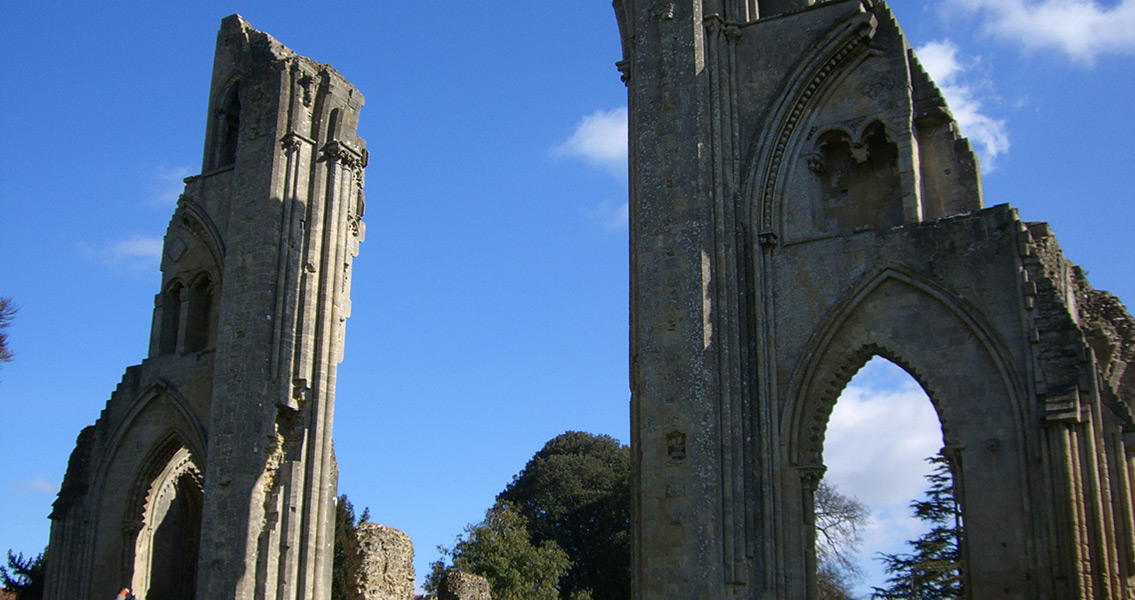<![CDATA[The beloved myths about Glastonbury Abbey, one of the most religious and romantic sites in England, have officially been debunked by a team of 31 experts led by a Professor of Archeology from the University of Reading. The feet, made immortal in William Blake’s poem Jerusalem, never walked there; the oldest church built by the disciples of Christ in England was not built there; Joseph of Arimathea’s walking stick doesn’t flower miraculously every Christmas even after 2,000 years. And in fact, it turns out the link to King Arthur and his queen, Guinevere, is false also – invented like the others by the 12th-century monks residing at the Abbey who were faced with a financial crisis after a disastrous fire. Additionally, the team led by Professor Roberta Gilchrist found that generations of their academic predecessors who were working at the Abbey had been so beguiled by the legends they either repressed or purposely misinterpreted evidence when it did not fit. On the bright side, new discoveries suggest a previously unknown glassworks dating from the seventh century is in fact the oldest major glass working site from Saxon England. Pieces of ceramic found there also prove that wine had been imported from Europe before that. The Abbey, along with other sites in the area linked to the legend of the holy grail, are huge attractions for tourists and pilgrims who are enticed by the Christian legends along with a plethora of new age beliefs. One story purports that Christ himself went to Glastonbury and built a church to honor his mother, although the better known story is that of the holy thorn, which Gilchrist found no evidence of dating to before the 17th century. The story involves Joseph of Arimathea coming from the Holy Land to Glastonbury, planting his walking stick and building a church. According to Gilchrist, the researchers believe Glastonbury to be a remarkable site, and while they didn’t want to diminish its fascination for so many, they looked carefully at the unpublished records from 20th-century excavations in addition to any surviving evidence to reach their conclusions. The legend of the thorns from Joseph’s tree is so widely valued that a small bouquet from the thorn tree is delivered every year to the Queen’s breakfast table on Christmas morning. When rumors emerged that a thorn tree nearby - said to be grown from Joseph’s tree - had been vandalized, the news spread around the world. Gilchrist, however, found no evidence of a tree like this present at the abbey, and the gnarled old thorn tree there now is actually a common Hawthorne tree which naturally flowers in midwinter and midsummer. The monks’ boldest reinvention occurred after a disastrous fire which happened in 1184. The fire left them with the problem of rebuilding with little money and no important relics to attract pilgrims. The solution they found involved the popular story of King Arthur, who legend has it created the Knights of the Round Table. Helped by a lead cross inscribed in Latin which named the king, they identified Glastonbury as the actual location of the mythical island of Avalon where Arthur had been buried along with his queen, Guinevere. Although the cross has been lost for hundreds of years, Gilchrist and her research team say the evidence shows the cross was a carefully forged fake. These new findings will be quietly incorporated into the interpretation of the Glastonbury Abbey site and its new guidebook. ]]>
The Myths of Glastonbury Abbey Shown to Be Just Myths
